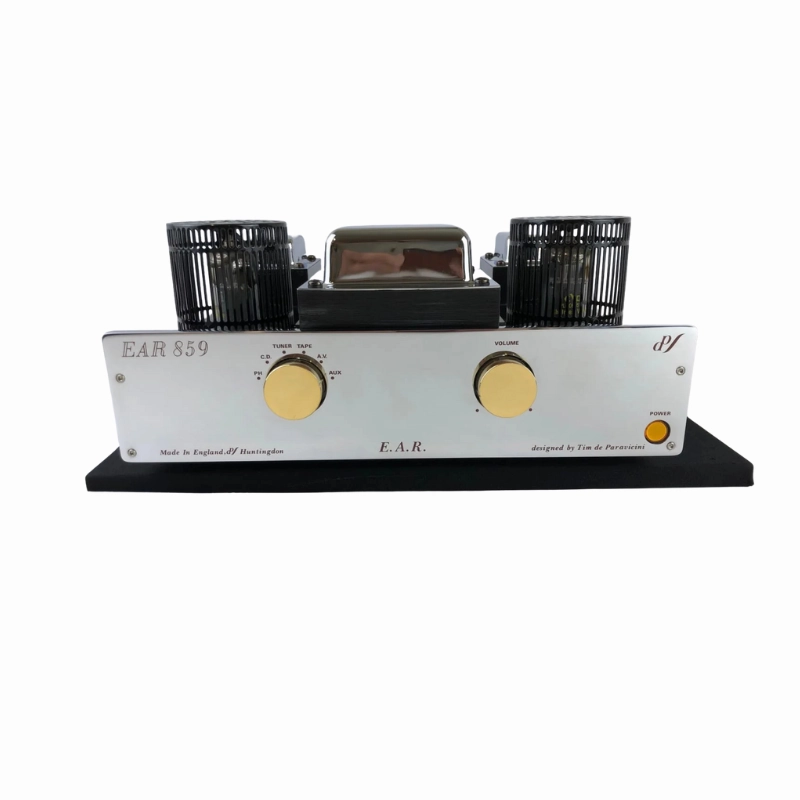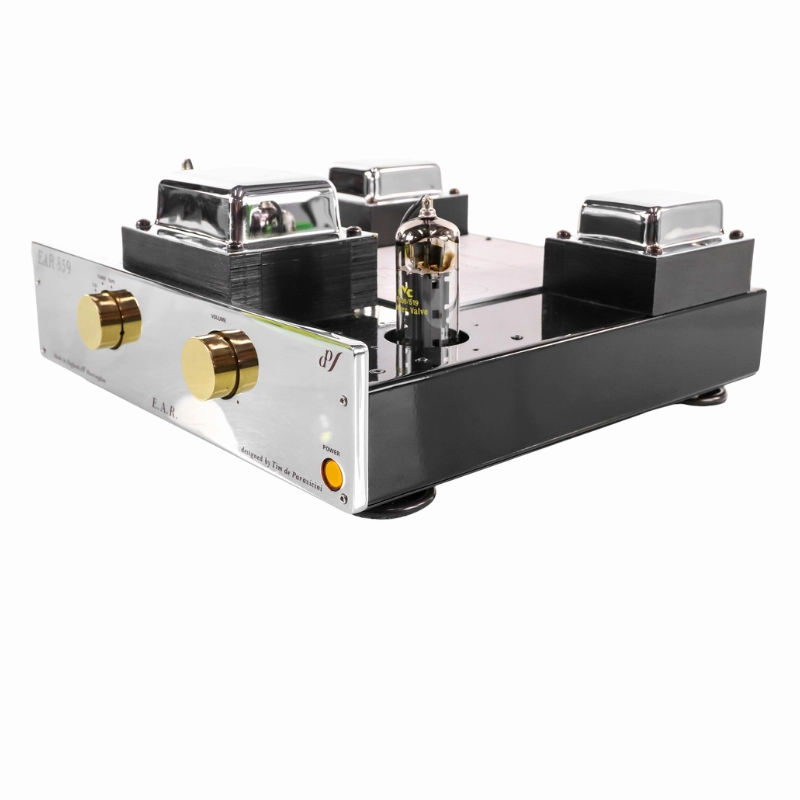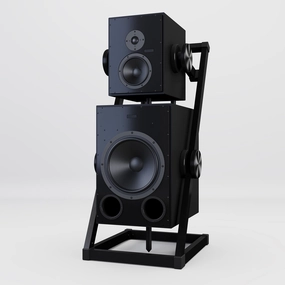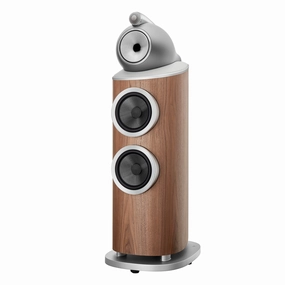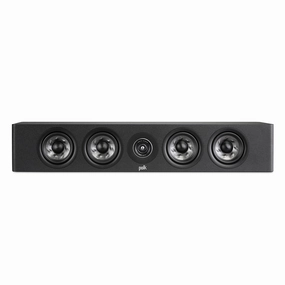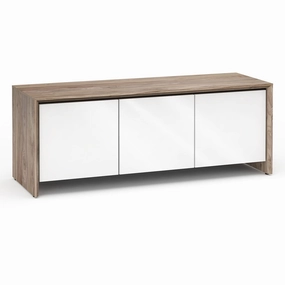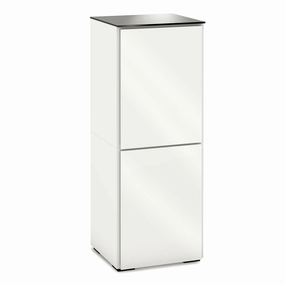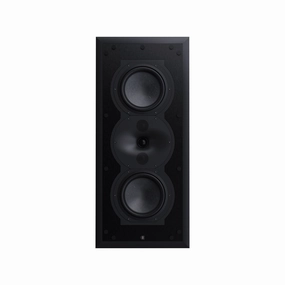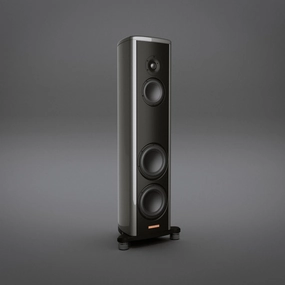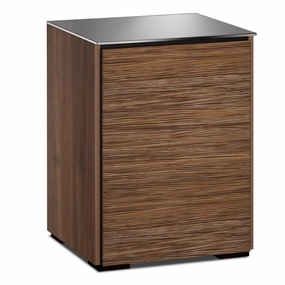The EAR 859 is a distinguished single-ended triode (SET) power amplifier designed by the renowned Tim de Paravicini. This amplifier introduces the innovative Enhanced Triode Mode (ETM), a circuit that connects the control grid (G1) to the cathode, allowing the audio signal to enter through the screen grid (G2). This design enhances linearity and reliability compared to traditional triode amplifiers.
Utilizing the EL519 (or 6KG6) output tube, the EAR 859 delivers a robust 13 watts per channel in pure Class A operation. Its frequency response spans from 5 Hz to 50 kHz at 1 watt, ensuring a wide bandwidth and minimal distortion.
The amplifier's design is characterized by simplicity and elegance. It features a chrome front faceplate with gold knobs, a minimalist front panel with power switch, input selector, and volume control, and no remote control. Internally, the circuit is straightforward, with a few driver tubes and minimal components, reducing potential interference and preserving the purity of the signal path.
The EAR 859 has garnered acclaim worldwide for its musicality and transparency. It is particularly well-suited for high-efficiency speakers such as Tannoy, Altec, or Klipsch, where its 13-watt output can deliver dynamic and engaging performance.
Specifications
Amplifier Type: Single-Ended Triode (SET) with Enhanced Triode Mode (ETM)
Output Tubes: EL519 (also known as 6KG6)
Power Output: 13 Watts per channel (pure Class A)
Frequency Response: 5 Hz 50 kHz (1 dB at 1 Watt)
Total Harmonic Distortion (THD): Typically less than 1% at rated power
Input Sensitivity: Approx. 1 V RMS for full output
Input Impedance: Around 47 k
Output Impedance: 4 , 8 , and 16 taps available
Signal to Noise Ratio: Typically better than 80 dB
Dimensions: Approx. 300 mm (W) x 220 mm (D) x 125 mm (H)
Weight: Approx. 8 kg (17.6 lbs)
Power Consumption: Approx. 100 W
Features:
Enhanced Triode Mode for improved linearity
Minimalist front panel with volume, input selector, and power switch
Chrome front fascia with gold knobs
No remote control (manual operation)

